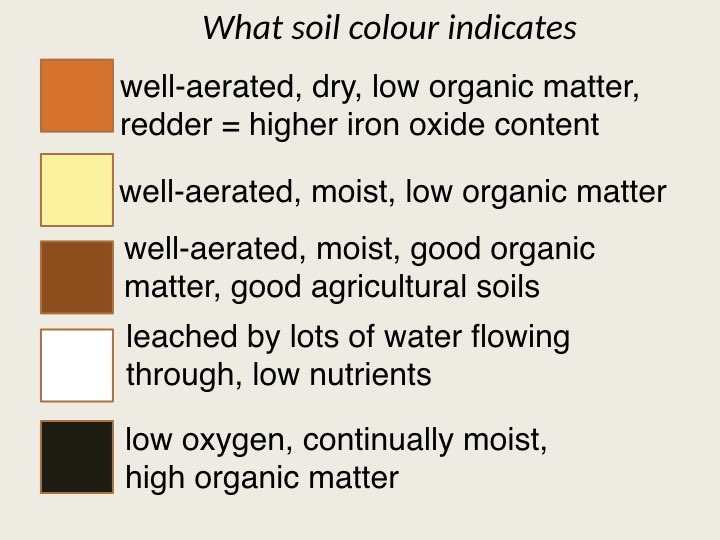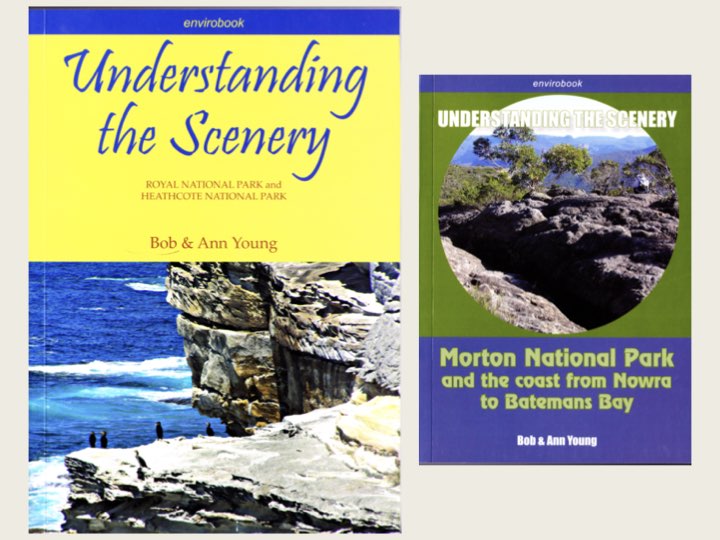Why do different plants and communities form mosaics or patterns across a landscape?
At the macro scale, there are global patterns including global climate (equator vs polar), continents (coastal vs inland) and topographic influences. At the micro scale, there are also differences as seen within Dharawal National Park which is entirely on Hawkesbury sandstone, but vegetation varies. Even within the same vegetation structure such as woodland or heath, the same structure can be floristically different across areas.
Sediment + Water + Organic matter accumulation = Vegetation.
Soil is a “living, breathing, occupied, busy place”. This reminded me of Doug Rickard’s talk on all the millions of critters in the soil. In soils, most of the activity is in the top layer and animals have a large role. Nutrient recycling and bioturbation occurs mostly by ants in the southern hemisphere (but earthworms in the northern hemisphere). Larger creatures such as wombats also have a role, but there are no burrows in shallow or wet soil. There are complex relationships at work. Mycorrhizal fungi
and proteoid roots expand plants’ access to nutrients. Drosera (sundews) trap and dissolve insects to get extra nutrients.
Soil colour is a good indicator of conditions:
-
Red = dry, low organic matter, high in iron oxides
-
Yellow = moist, low organic matter
-
Brown = good (moist, good organic matter
-
Black: moist, high organic matter.
The Liverpool Plains in north-western NSW have premier organic soils for agriculture, and there is little native vegetation left. However, highly fertile soil doesn’t always mean woodland. The Liverpool Plains were originally savannah and grass lands.


Several aspects of soil structure can affect erodibility and dispersability:
-
How hard is it for plant roots to get into the soils? Push a pencil into the soil with the palm of your
hand to test.
-
Toss a spade of soil on the ground: does it break up vs stick together?
-
How does soil or a lump behave in water?
In summary, water controls both soil development and vegetation. Geology and topography lead to soil parent material and water flows, which in turn leads to a mosaic of patterns with “intricate and beautiful variation”.
Ann has authored several books on geology and related topics. Contact Ann at aryoung1453@gmail.com for her books. Alternatively, some are available here: https://www.friendsofroyal.org.au/shop

